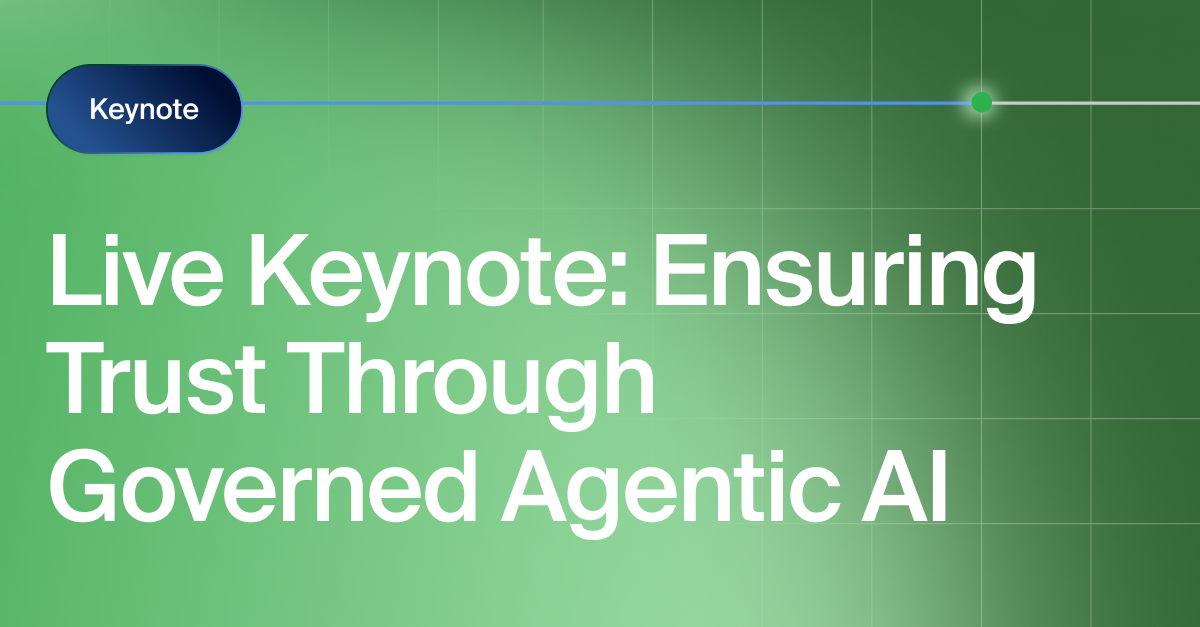Get the Best of Data Leadership
Stay Informed
Get Data Insights Delivered
Join Egor and Nik in this insightful webinar as they delve into the importance of fostering strong relationships with business stakeholders in the realm of data leadership.
This engaging discussion highlights key strategies for success, including the use of shared language, understanding business needs, and translating technical capabilities into tangible business outcomes.
Strategies Covered:
- Importance of Shared Language
- Understanding Business Needs
- Translating Tech Capabilities into Business Outcomes
- Delivering Quick Value
- Guiding Data Strategy with Business Needs
- Shared OKRs and Time to Value
- Empathy Towards Business Stakeholders
- Role of Metrics in Business Success
Throughout the conversation, Egor and Nik draw from their own experiences and share real-world business scenarios to illustrate these concepts. Whether you're a seasoned data leader or just starting in the field, this webinar offers valuable insights to help you navigate the complex landscape of data leadership and build stronger relationships with your business counterparts.
Watch the Recording On YouTube
Connect with Egor on LinkedIn
Connect with Nik on LinkedIn
Monitoring
Schema change detection
Lineage monitoring


.png)





.png)
.jpeg)
